Neoclassical Ballet – Everything You Need To Know in 2024
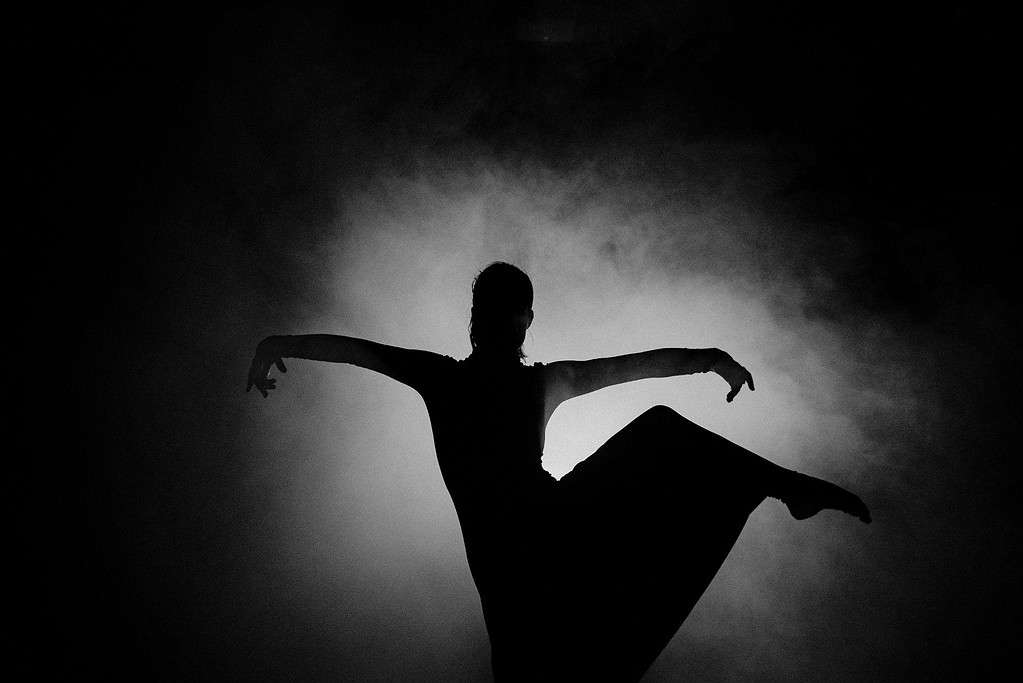
Neoclassical ballet represents a fusion of tradition and innovation, bridging the gap between classical ballet and modern dance forms.
It highlights athleticism, speed, and virtuosity, showcasing dancers’ technical abilities through intricate and dynamic movements.
In this blog post, I’ll outline the defining features of neoclassical ballet, including several works that have shaped this dance style.
WHAT IS NEOCLASSICAL BALLET?
Neoclassical ballet draws inspiration from both classical and contemporary ballet influences, merging traditional techniques with modern elements.
Typically, neoclassical ballet tends to focus on the purity of a dancer’s movement rather than elaborate storytelling or visual effects.
HISTORY OF NEOCLASSICAL BALLET
Neoclassical ballet originated in the early 20th century, primarily through the works of choreographers such as George Balanchine and Serge Lifar.
Balanchine, in particular, played a significant role in shaping the neoclassical style through his innovative choreography and minimalist approach to storytelling.
His works, such as “Apollo,” “The Four Temperaments,” and “Agon,” highlight the principles of neoclassical ballet.
His choreography regularly strips away traditional storytelling elements, focusing instead on the pure expression of movement, intricately synchronised with the musical score.
Balanchine’s approach revolutionised ballet, paving the way for a new era of artistic exploration and innovation within the dance world.
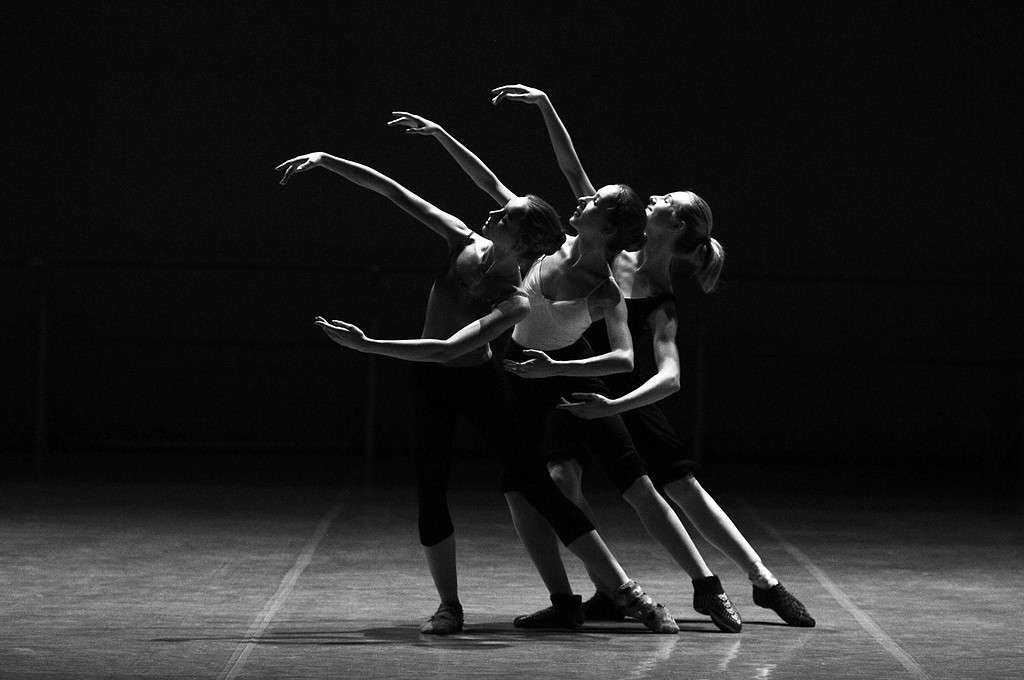
CORE FEATURES AND CHARACTERISTICS
PERCEPTIONS OF ALIGNMENT
While classical ballet traditionally emphasises proper alignment and squared hips, neoclassical ballet delves into a more abstract approach to movement.
This style often incorporates off-centre balances, asymmetrical shapes, and unconventional lines, challenging traditional notions of symmetry and form.
ENTWINED WITH THE MUSIC
In neoclassical ballet, choreography is intricately connected to the music, with movements mirroring the rhythms, dynamics, and phrasing of the score.
Because of this, dancers are allowed to embody a wide range of qualities, from soft and fluid to fast and agile.
MOTION
Neoclassical choreography often features rapid changes of direction, intricate footwork, and fast-paced movements.
This allows dancers to find a newfound sense of artistic expression, pushing the boundaries of classical technique into something new and creative.
COSTUME AND SET DESIGN
NEOCLASSICAL BALLET COSTUMES
Neoclassical ballet often opts for simple and streamlined costume designs, enabling ease of movement while accentuating the dancer’s lines and physique.
Many of George Balanchine’s works feature dancers dressed in a simple yet elegant black leotard with a waistband, ballet tights, and pointe shoes.
Don’t expect to see too many classical tutus!
NEOCLASSICAL BALLET SET DESIGN
Likewise, set designs may consist of minimalistic backdrops, geometric shapes, or abstract elements that complement the choreography without overshadowing it.
In other words, the idea is to create an atmosphere that enhances the performance while allowing the dancers to take centre stage.
SIGNATURE NEOCLASSICAL BALLETS
As the ballet world continues to evolve, neoclassical ballet has redefined traditional classical ideals, giving rise to numerous choreographies that stand out as masterpieces.
APOLLO
Premiering in Paris in 1928 as “Apollon Musagète” for Serge Diaghilev’s Ballets Russes, this poignant and impactful ballet swiftly garnered international acclaim and success.
Apollo portrays the youthful god of music receiving instruction from three Muses; representing poetry, mime, and gesture.
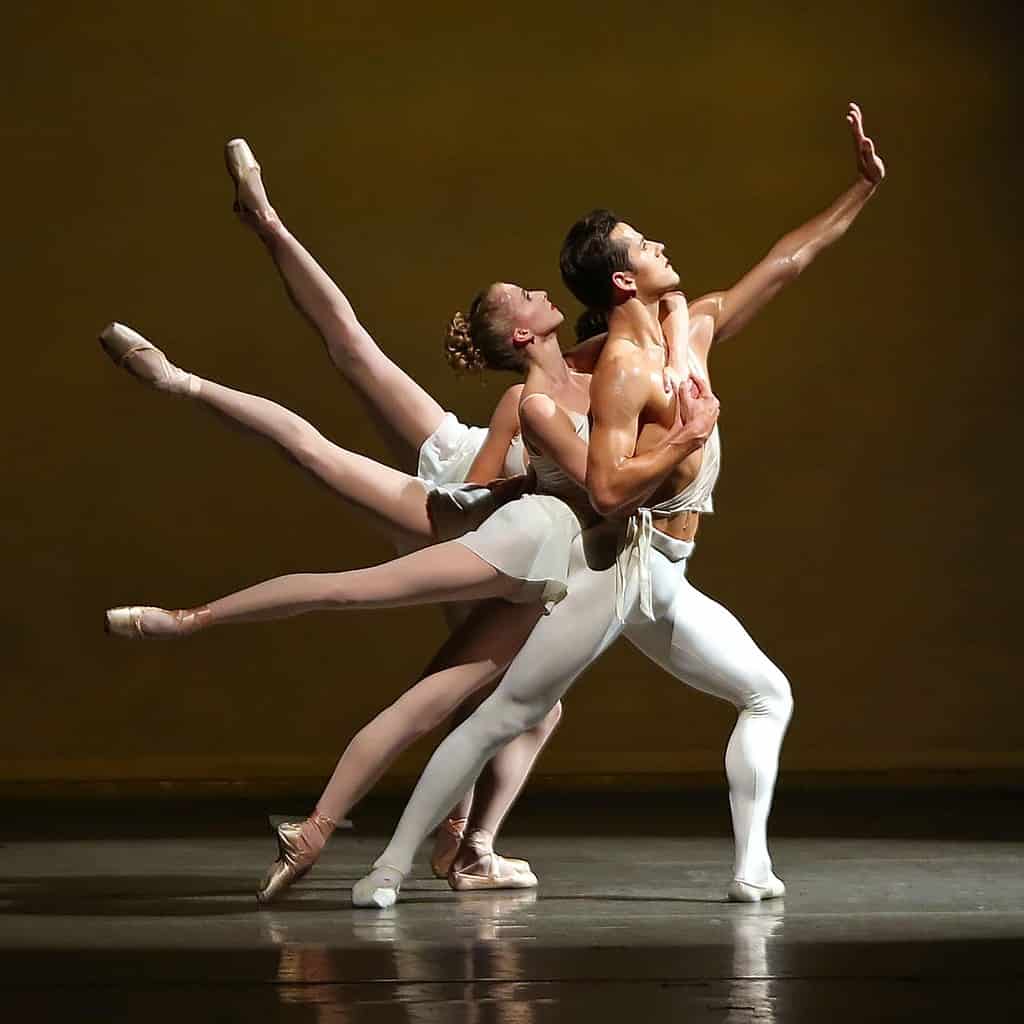
Set to the mesmerising music of Igor Stravinsky, this ballet marked a turning point for George Balanchine.
At only 24, he achieved widespread recognition and embarked on a lifelong collaboration with this composer.
The ballet is 30 minutes long and consists of four dancers dressed in simple white costumes.
PETITE MORT
“Petite Mort,” staged for the first time by the Nederlands Dans Theater in 1991, is a ballet choreographed by Jirí Kylián.
It was created especially for the Salzburg Festival in commemoration of the second centenary of Mozart’s death.
Kylián selected the slow tempos of two of Mozart’s most exquisite and beloved piano concertos for this work.
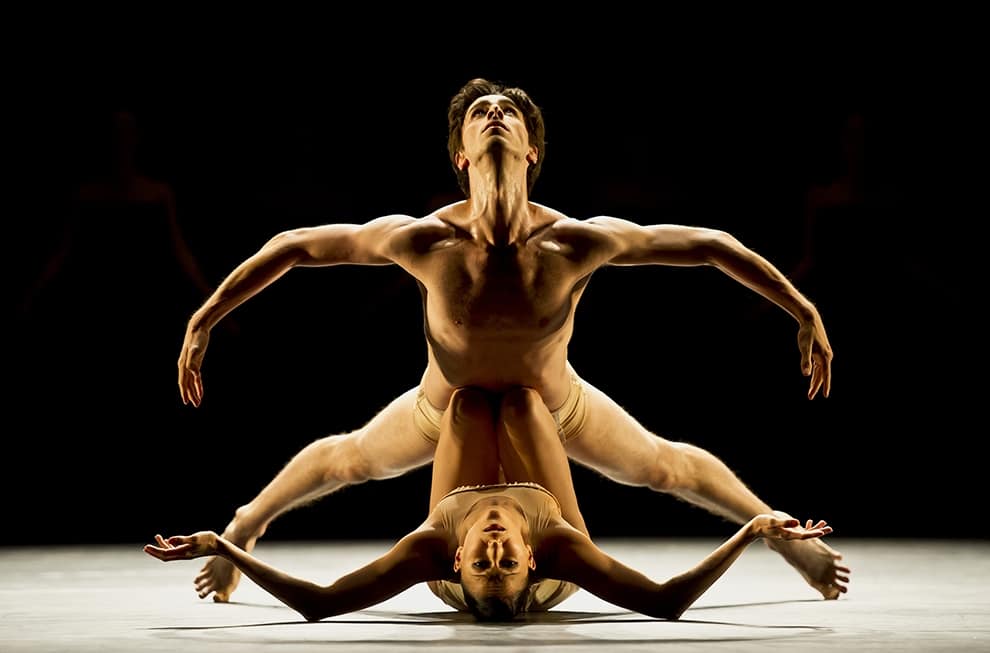
“Petite Mort” translates to “small death”.
It delves into the ecstasy of sexual intercourse, intricately exploring themes of sexuality, energy, and vulnerability.
Through this ballet, Jirí Kylián delves into the notion that moments of pleasure serve as reminders of life’s shortness and the inevitability of death.
In addition, the intentional choice of bare and nude-coloured costumes accentuates the dancer’s movements and bodies but also adds to the ballet’s evocative and symbolic nature.
SEVENTH SYMPHONY
Uwe Scholz’s “Seventh Symphony” debuted in 1991 for the Stuttgart Ballet.
It fearlessly embraced Beethoven’s majestic and exuberant score, translating its grandeur into captivating dance.
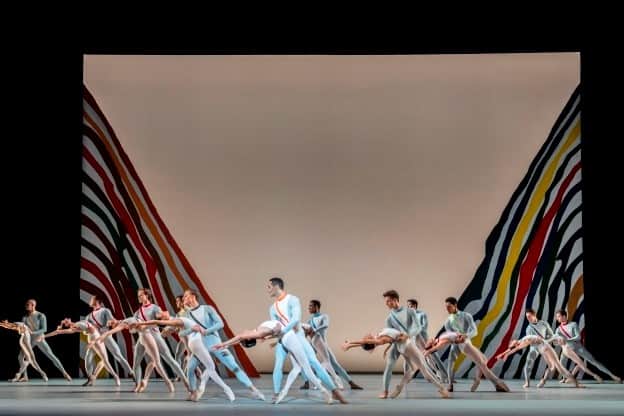
This neoclassical ballet offers a beautiful balance of music and movement. Scholz’s radiant and technically demanding choreography seamlessly complements Beethoven’s powerful symphony.
Through its abstract yet expressive choreography, Scholz’s Seventh Symphony represents a modern interpretation of classical ballet, pushing boundaries while maintaining the essence of tradition.
FOUR TEMPERAMENTS
George Balanchine’s “The Four Temperaments” is a celebrated neoclassical ballet that transformed the dance world upon its debut in 1946.
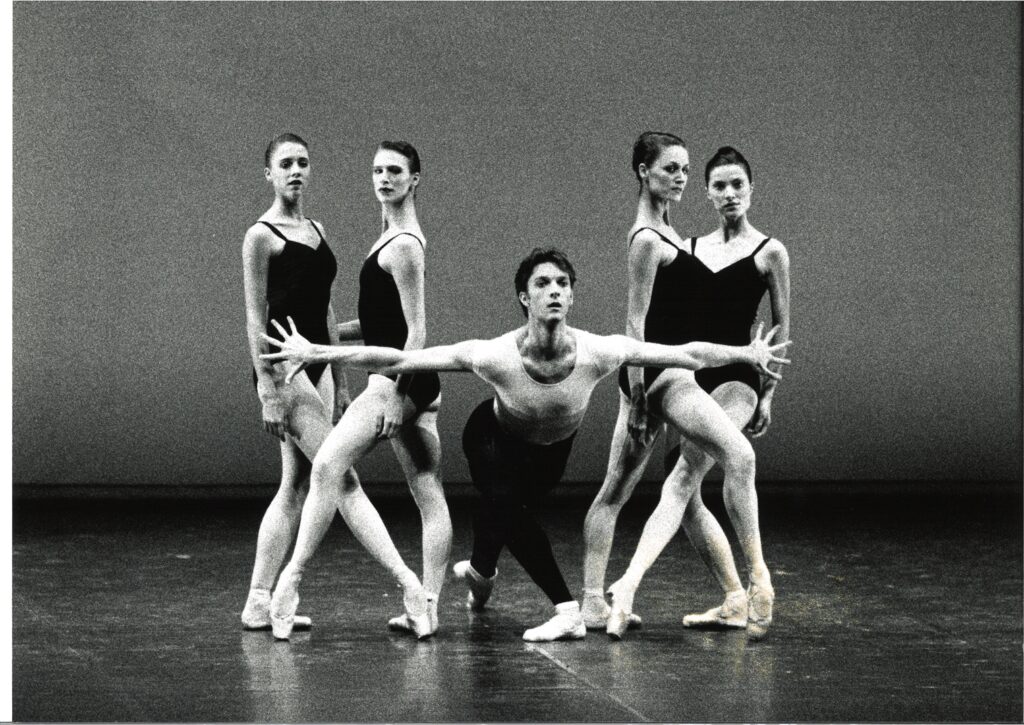
With a score composed by Paul Hindemith, this ballet draws inspiration from the ancient theory of the four humours dictating human temperament.
Balanchine’s work delves into the intricacies of human nature, exploring how the dominant humours within us shape our identities and behaviours.
Characterised by boldness, the ballet features angular movements, asymmetrical shapes, and dynamic contrasts.
Futhermore, Balanchine’s choreography demands speed, precision, and clarity of line from the dancers, urging them to push the boundaries of classical technique while expressing the emotional depth of each temperament.
SUITE EN BLANC
Serge Lifar, a significant figure in the evolution of classical ballet, introduced “Suite en Blanc” in 1943.
This ballet comprises a collection of short dances, or divertissements, each showcasing various aspects of classical ballet technique.
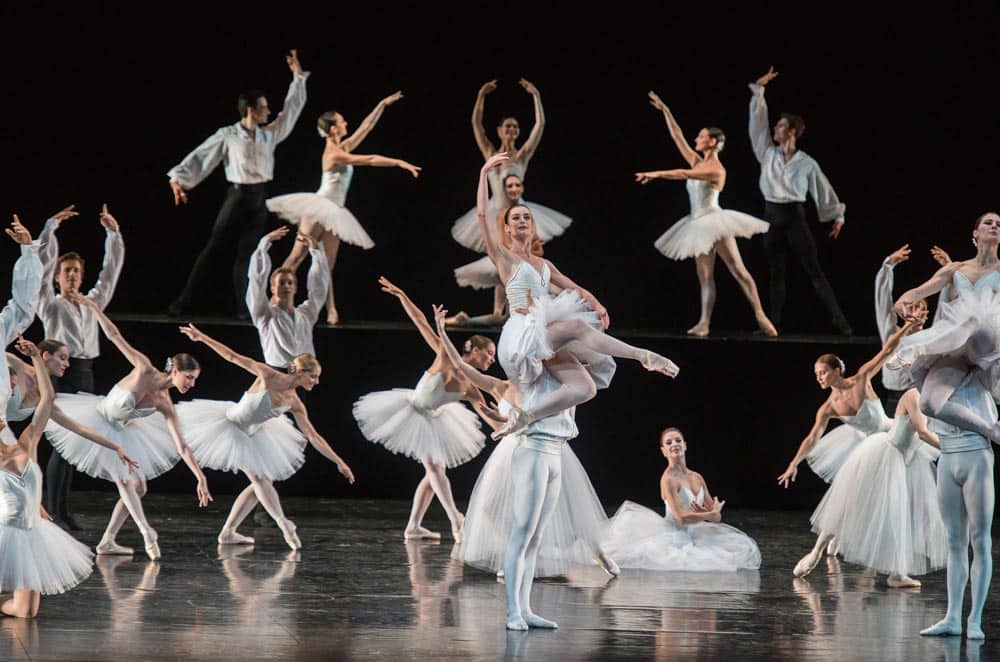
Lifar’s choreography, while based on classical tradition with its emphasis on clarity, precision, and symmetry, also integrates elements of modernism.
This fusion is evident in the ballet’s use of abstract movement, minimalist costumes, and set design.
Devoid of narratives or character-driven plots, Suite en Blanc accentuates the sheer beauty of movement, making it a perfect example of pure dance.
Through Lifar’s choreographic vision, the ballet transcends storytelling, inviting audiences to appreciate the artistry of ballet technique and expression in its purest form.
NEOCLASSICAL FAQs
WHAT DOES NEOCLASSICAL MEAN IN DANCE?
Neoclassical dance represents a fusion of classical ballet technique with modern innovation, providing a platform for dancers and choreographers to explore new ideas and movements while maintaining the foundational traditions of ballet.
It’s all about embracing change and challenging ideals, which leads to new and enriching perspectives in the dance world.
WHAT IS THE DIFFERENCE BETWEEN CLASSICAL BALLET AND NEOCLASSICAL BALLET?
Although sharing similarities, the main difference between Classical Ballet and Neoclassical Ballet lies in the style, choreography and historical context.
Classical Ballet
Neoclassical Ballet
WHAT IS THE DIFFERENCE BETWEEN NEOCLASSICAL BALLET AND CONTEMPORARY BALLET?
Again while there are some similarities between neoclassical ballet and contemporary ballet, the main differences come down to style, choreography and historical context.
Contemporary Ballet
Neoclassical Ballet
WHY ARE BALANCHINE’S BALLETS CONSIDERED NEOCLASSICAL?
Balanchine’s ballets are considered neoclassical because they were groundbreaking choreographic innovations in a time when all people knew was tutus and pointe shoes.
By pushing the limits of classical technique, redefining movement shapes and lines, and challenging dancers with new technical demands, Balanchine stripped away the elaborate embellishments of traditional ballet and focused on the purity of movement itself.
His approach to choreography and musicality set the stage for the emergence of neoclassical ballet.
This has inspired a new generation of dancers and choreographers to explore the boundaries of the art form.
WHAT BALLET COMPANY IS RENOWNED FOR NEOCLASSICAL BALLET PERFORMANCES?
Probably one of the most renowned ballet companies for neoclassical ballets is New York City Ballet.
This is no surprise, as it was founded by Geroge Balanchine and Lincoln Kirstein in 1948.
Even to this day, it continues to uphold Balanchine’s legacy by performing his iconic works, as well as those by other neoclassical choreographers.
WRAP UP
The beauty of dance lies in its continual evolution and adaptation to new artistic expressions.
While traditional ballets hold a timeless charm and captivate audiences with their classical beauty, neoclassical ballets bring a fresh perspective and versatility to the stage.
The innovative choreography, abstract movement, and minimalist aesthetic of neoclassical ballets create a new and lasting impression.
Neoclassical pushes the boundaries of classical technique while still honouring its deep roots.






